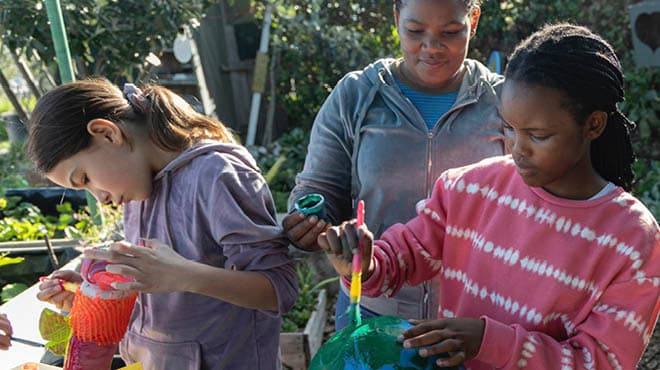-
Understanding autism: The path to diagnosis, awareness and support

Diagnosing a person with autism spectrum disorder can be challenging. It's a medical condition that no blood test, brain scan or objective test can pinpoint. And because of each person's distinctive pattern of symptoms, it can be hard to determine its severity.
As people gain familiarity with autism, however, they are becoming more open to discussing the diagnosis and seeking treatment. Society is also becoming more motivated to learn about neurodivergent conditions, including autism.
What is autism spectrum disorder?
Autism spectrum disorder is a condition related to brain development that affects how a person perceives and socializes with others, causing problems in social interaction and communication. It includes conditions that previously were considered separate, including autism, Asperger's syndrome, childhood disintegrative disorder and an unspecified form of pervasive developmental disorder.
Autism affects children and adults in three areas: communication, social interaction and behaviors. Children with autism spectrum disorder may struggle with recognizing their emotions and may feel them more intensely. Regulating their anger and frustration can be difficult and lead to intense bursts of emotions. Children with autism also have higher rates of anxiety and depression.
Each child with autism spectrum disorder is likely to have a distinctive pattern of behavior and level of severity. A healthcare professional will generally describe the severity of the condition based on the person's level of impairments and how those affect their ability to function.
A child or adult with autism spectrum disorder may have problems with social interaction and communication skills, including any of these signs:
- Can't start a conversation, keep one going or can only start one to make requests or label items.
- Doesn't appear to understand simple questions or directions.
- Doesn't express emotions or feelings and appears unaware of others' feelings.
- Doesn't speak or has delayed speech.
- Fails to respond to their name or appears not to hear you sometimes.
- Has difficulty recognizing nonverbal cues, such as interpreting other people's facial expressions, body postures or tone of voice.
- Has poor eye contact and lacks facial expression.
- Inappropriately approaches a social interaction by being passive, aggressive or disruptive.
- Prefers playing alone.
- Repeats words or phrases verbatim but doesn't understand how to use them.
Awareness of autism behaviors
According to the Centers for Disease Control and Prevention (CDC), the latest research from 2023 shows that 1 in 36 children was diagnosed with autism. This is an increase from 1 in 44 children just two years ago.
Children tend to become more aware of their diagnosis around puberty. Kids recognize their differences from their peers and notice their struggle to fit in. They might notice they're not being invited to participate in certain activities or being accepted in the same way as many of their peers. Social interactions become more crucial for young people in middle and high school, which can be stressful for someone on the autism spectrum.
Parents may notice symptoms early on when they see how their child's behaviors, communication and social interactions differ from their peer group. It can be challenging for parents to accept that their child is different from other children. Parents may feel guilty and responsible, even though this developmental condition has no known cause.
Living with autism spectrum disorder
As the number of people living with autism spectrum disorder increases, it's critical to seek out educational opportunities that can help with understanding autism spectrum disorder. What are the strengths and disadvantages of the child? How can that knowledge be used to strengthen the skills of a child with autism? Answering these questions can help identify specific interventions to teach skills relevant to the child.
For example, if a child struggles with regulating emotions, this can be addressed through treatment to help them gain more control over their emotions and behaviors.
No cure exists for autism spectrum disorder, and there's no one-size-fits-all treatment. The goal of treatment is to maximize your child's ability to function by reducing their autism spectrum disorder symptoms and supporting their development and learning. Early intervention during the preschool years is key.
Treatment options may include:
- Behavior and communication therapies
- Educational therapies
- Family therapies
- Medications
When you have a child or loved one with autism, the chance of them having anxiety or depression is increased. Evaluating and treating these symptoms can improve their level of functioning and their overall mental health.
One of the most critical things parents, friends or classmates of someone diagnosed with autism spectrum disorder can do is educate yourself about it while recognizing their strengths.
You can develop increased compassion for your loved ones, classmates, friends and colleagues by recognizing and understanding more about the condition. While you can't eliminate a child's autism or wait for them to outgrow it, you can minimize some of its symptoms and improve quality of life.
Janice Schreier is a child and adolescent clinical therapist in Psychiatry & Psychology in La Crosse, Wisconsin.
This article first appeared on the Mayo Clinic Health System blog.







